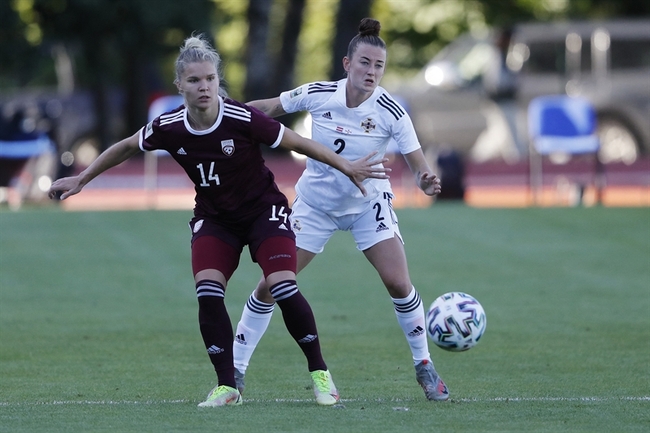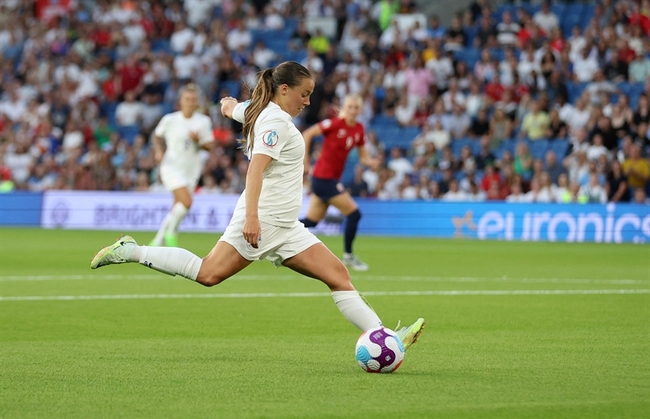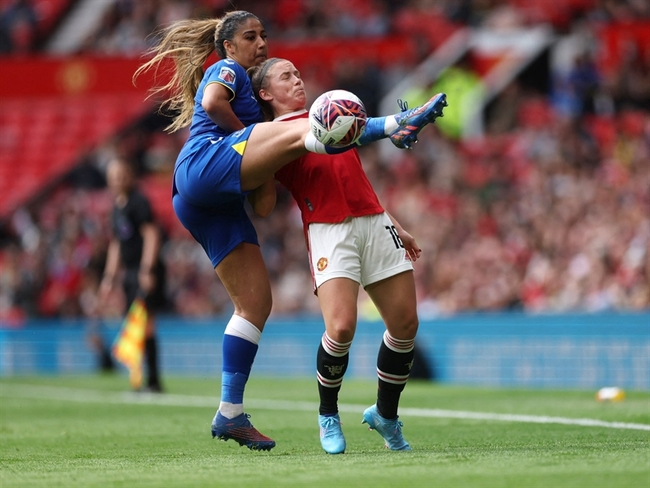Address these 4 things to improve patient outcomes

All therapists like to think that they provide the magic touch that gets their patients better. However, when considering all social determinants of health, the influence of medical interventions toward recovery from musculoskeletal injury is only 20%(1). You put your best effort into helping patients get better, but your effectiveness is up against other competing factors.
The World Health Organization defines the social determinates of health as “the conditions in which people are born, grow, live, work and age(2).” It’s what people encounter when they leave the clinic, the people they surround themselves with, and the choices they make. Intake questionnaires and subjective histories rarely address these aspects of a patient’s life. However, these factors wield over 80% of the influence on whether an athlete’s musculoskeletal condition improves(1). Therefore, it behooves physios to be aware of these issues and know how to address them with patients.
Discovering the areas that affect your patient’s prognosis requires good listening skills and attentiveness. However, several screening tools make the process easier. These include the Institute of Medicine Measures of Social and Behavioral Determinants of Health(3), the Protocol for Responding to and Assessing Patients’ Assets, Risks, and Experiences (PRAPARE)(4), and the Health Leads Screening Toolkit(5). These assessments are self-administered and quick. Since social determinants significantly affect patient outcomes, additional paperwork is worth the investment for the patient and the clinician(1).
Many social factors influence athletes; however, most fall under the umbrella of these four issues:
1. Economic stability – The ability to provide monetarily for basic needs wields the greatest influence – 40% – over the ability to recover from injury(1). As noted in a previous article on maintaining an athlete’s mental health, the ability to meet one’s basic needs of food, shelter, and clothing, influence their capacity to expand their focus to other aspects of their health.
Athletes in lower socioeconomic positions may view sport as their ticket out of this strata. As such, they can’t afford to get hurt. Injury affects scholarship opportunities and sponsorships. Therefore, they may hesitate to report an injury or try to return to sport before they are fully ready. If an athlete’s parent has lost their job due to the COVID-19 related economic turndown, will compliance with their home program be at the forefront of their mind? Did the job loss influence their insurance coverage and ability to continue with rehabilitation treatments?
Other factors influence adult athletes, such as the ability to schedule time off from work for appointments, insurance benefits, and access to rehabilitation tools. For instance, a recreational runner may not have a gym membership. Therefore, be mindful of what kinds of exercises you prescribe and inquire as to their resources if they need equipment.
- Go further - Practice empathy and flexibility when it comes to scheduling and the allocation of benefits. Consider allocating one day per week to offer early or late appointments and accommodate those who can’t take time from work.
2. Education – More educated persons tend to have better access to resources. These resources influence lifestyle choices and usually result in improved overall physical and psychological health(1). Those in lower socioeconomic spheres may lack appropriate health-related information and thus make lifestyle choices that promote repeated musculoskeletal injury, chronic pain, and even opioid addiction(1). Lack of access to accurate health education may influence the disproportionate number of cases of COVID-19 among poorer segments of the population(6).
Therefore, make even the most basic health education a part of your treatment plan. Athletes who lack role models with higher education may need reinforcement to make healthy decisions such as refraining from smoking and vaping, driving with seat belts, and avoiding underage drinking.
- Go further - Reach out to the communities that lack resources. Take the opportunity to speak at schools and community centers about healthy lifestyles and injury prevention. Become a valued resource for information in your community. Establishing partnerships with other invested stakeholders not only benefits the community, it’s also good business.
3. Healthcare – Care facilities are often grouped in more affluent neighborhoods that require reliable transportation to access. Therefore, those in lower socioeconomic areas may not have equal opportunities for preventative, acute, or rehabilitative healthcare. Indeed, even working people with insurance may have such high deductibles that paying for healthcare is a difficult choice.
Ask how your patient came to their appointment. Did they take public transit? Is it reliable in your town? Did they have a friend or family member bring them? Is this a factor that influences their ability to participate in rehabilitation?
- Go further - Survey your community’s resources and find out where the healthcare deserts are. Partner with community centers or schools to run low-cost screening and treatment clinics. Investigate grants to fund serving an underserved population.
4. Environment – Lower socioeconomic communities often lack safety and resources for outdoor recreation. An athlete that runs track at school may not feel safe conducting training runs in their neighborhood during school closings. Or, an athlete may live in a rural area without resources needed for rehab workouts. In addition, many lower-income neighborhoods are food deserts, lacking access to quality nutrition. Again, without school-provided meals, younger athletes may suffer from malnutrition or lack optimal nutrition to promote healing. Therefore, partner with a local dietitian to refer patients and family members for education on planning healthy meals on a budget.
- Go further – Invest in creating safe places for recreation. Assess the availability of local gyms at schools or churches for conducting low-cost injury prevention clinics or training workouts.
Clinicians didn’t train to be grass-roots organizers or community advocates. However, ignoring the social determinates of health of those who make their way to your clinic is to disregard factors that may influence whether those patients return to sport. It isn’t always about the therapeutic protocol. Caring for patients means addressing all of their needs so they can return to the field of play stronger and healthier.
References
- 2019 Dec;49(12):872-4
- www.who.int/social_determinants/sdh_definition/en/
- Am J Prev Med. 2017 Feb; 52(2): 199–206
- www.nachc.org/research-and-data/prapare/
- healthleadsusa.org/resources/the-health-leads-screening-toolkit/
- Lancet Respir Med. 2020 May 8; doi.org/10.1016/S2213-2600(20)30234-4
You need to be logged in to continue reading.
Please register for limited access or take a 30-day risk-free trial of Sports Injury Bulletin to experience the full benefits of a subscription. TAKE A RISK-FREE TRIAL
TAKE A RISK-FREE TRIAL
Newsletter Sign Up
Subscriber Testimonials
Dr. Alexandra Fandetti-Robin, Back & Body Chiropractic
Elspeth Cowell MSCh DpodM SRCh HCPC reg
William Hunter, Nuffield Health
Newsletter Sign Up
Coaches Testimonials
Dr. Alexandra Fandetti-Robin, Back & Body Chiropractic
Elspeth Cowell MSCh DpodM SRCh HCPC reg
William Hunter, Nuffield Health
Be at the leading edge of sports injury management
Our international team of qualified experts (see above) spend hours poring over scores of technical journals and medical papers that even the most interested professionals don't have time to read.
For 17 years, we've helped hard-working physiotherapists and sports professionals like you, overwhelmed by the vast amount of new research, bring science to their treatment. Sports Injury Bulletin is the ideal resource for practitioners too busy to cull through all the monthly journals to find meaningful and applicable studies.
*includes 3 coaching manuals
Get Inspired
All the latest techniques and approaches
Sports Injury Bulletin brings together a worldwide panel of experts – including physiotherapists, doctors, researchers and sports scientists. Together we deliver everything you need to help your clients avoid – or recover as quickly as possible from – injuries.
We strip away the scientific jargon and deliver you easy-to-follow training exercises, nutrition tips, psychological strategies and recovery programmes and exercises in plain English.










